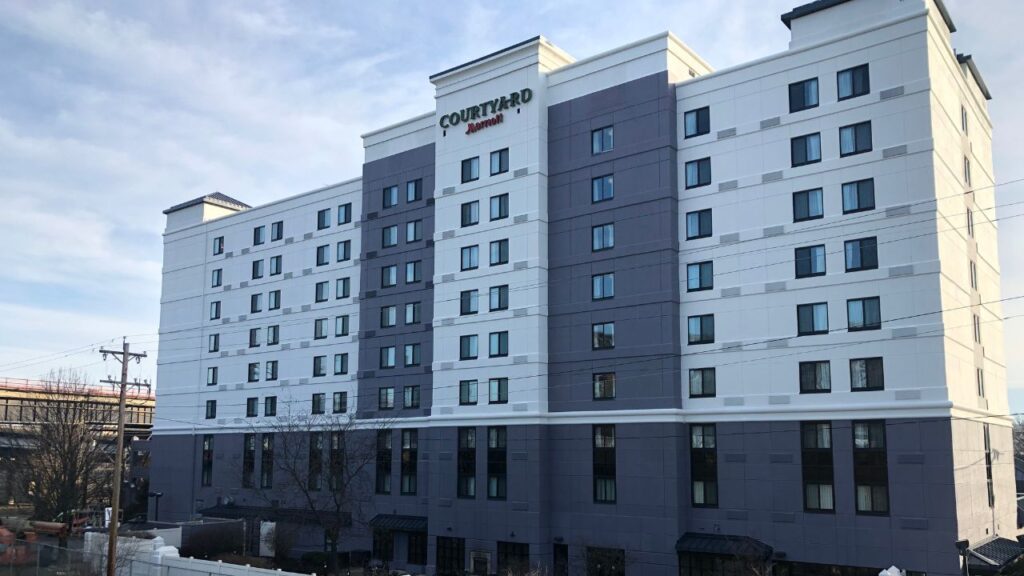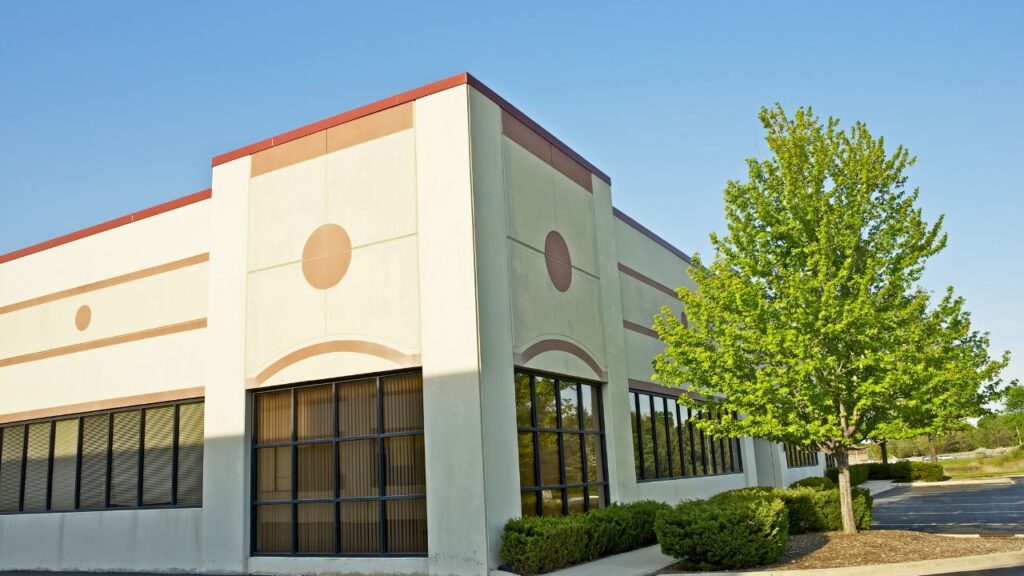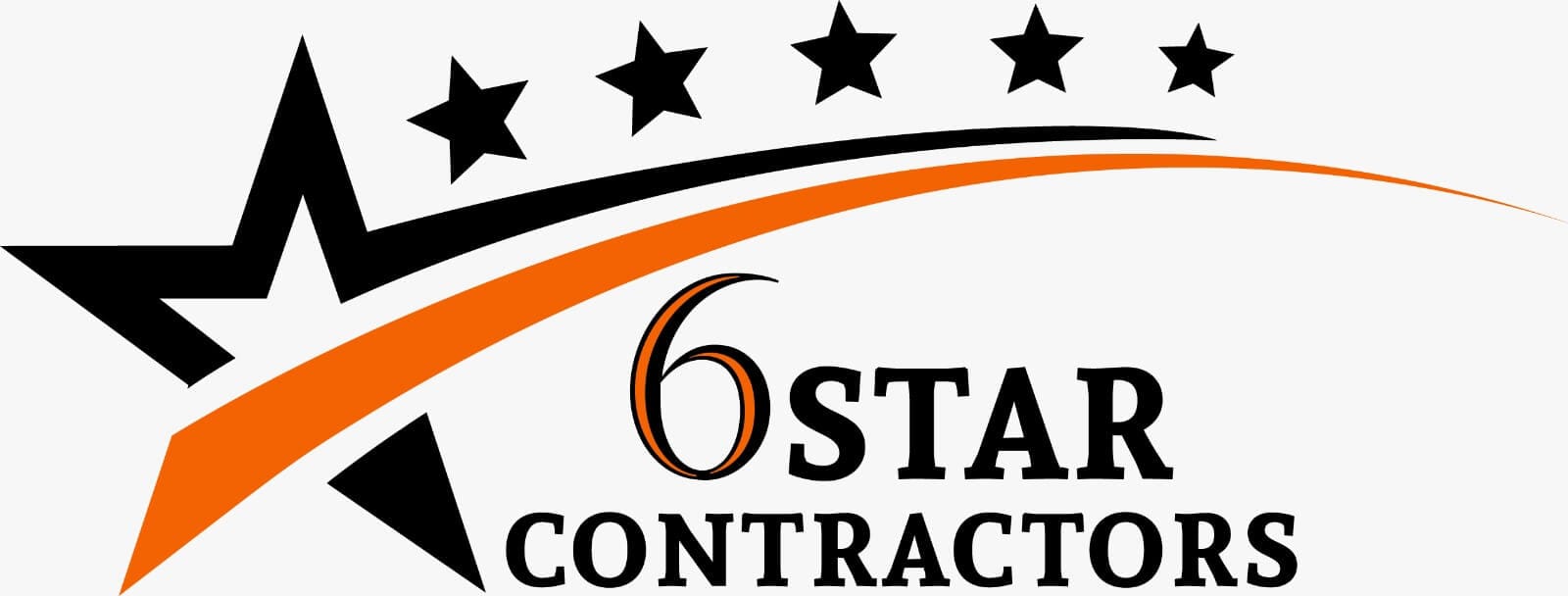Boost Your Painting Bids – Request a Precision Estimate!
- Accurancy
- Efficiency
- Transparency
- Customization
- Time Saving
- Professionalism
- Cost Control

Painting a storage building not only enhances its aesthetic appeal but also provides essential protection against the elements, ensuring its longevity. However, estimating the cost of painting a storage building involves considering various factors. In this guide, we’ll break down the key components that contribute to the overall cost of a storage building painting project.
Accurate measurement of the surface area is the cornerstone of any painting cost estimate. Begin by measuring the length, width, and height of each wall, ensuring to exclude doors and windows from the calculations. Multiply the total surface area by two to account for the application of two coats of paint, a standard practice for a durable and uniform finish. This initial calculation provides a fundamental understanding of the quantity of paint required, forming the basis for subsequent cost considerations.

The condition of the storage building’s surfaces is pivotal in determining the overall painting cost. Extensive surface preparation, including tasks such as scraping, sanding, and repairing damaged areas, contributes to labor costs. A meticulously prepared surface ensures optimal paint adhesion, creating a foundation for a more durable and visually appealing finish. The effort invested in thorough surface preparation can impact the longevity of the paint job, making it a critical factor in the overall cost estimation.
The choice of paint type and quality is a significant determinant of the overall cost of the painting project. High-quality paints, while often more expensive, offer superior durability and longevity. Consider factors such as whether latex or oil-based paint is more suitable for the storage building and whether any special coatings or sealants are required for added protection against environmental elements. Investing in quality paint can lead to long-term cost savings by reducing the frequency of repainting and maintenance.
The color of the paint selected also plays a role in influencing the overall cost of the project. Darker colors typically require additional coats to achieve full coverage, leading to increased paint and labor costs. Conversely, lighter colors may provide sufficient coverage with fewer coats, potentially reducing overall expenses. Careful consideration of color choices, based on aesthetic preferences and cost implications, is crucial in creating an accurate and comprehensive painting cost estimate.
The ease of access to the storage building directly impacts labor costs. If the building is located in a challenging environment, such as a site surrounded by obstacles or situated on uneven terrain, additional time and effort will be required to ensure the project’s safe and efficient completion. Factors such as the need for specialized equipment or safety measures should be considered when estimating labor costs.

Hiring experienced and skilled painters is paramount for the success of any painting project. Labor costs depend on factors such as the size of the crew, their hourly rates, and the estimated duration of the project. Obtaining multiple quotes from professional painting contractors allows for a comprehensive comparison of costs and services. Investing in qualified labor ensures a high-quality finish, contributing to the longevity and overall value of the painting project.

In the realm of construction and renovation projects, the inclusion of a contingency budget is not merely a prudent measure but an indispensable one. A contingency budget acts as a financial safety net, serving to cover unforeseen circumstances or any additional work that may emerge during the course of the painting project. Unpredictable factors, such as hidden structural issues, unexpected weather delays, or the need for additional materials, can significantly impact the overall cost. By earmarking a specific percentage of the total budget as a contingency, project managers and property owners can navigate unexpected challenges without jeopardizing the financial viability of the endeavor. The recommended percentage for a contingency budget often falls within the range of 5% to 10% of the total project cost, providing a reasonable buffer to address unforeseen expenses. This financial cushion not only ensures that the project stays within budget but also demonstrates a pragmatic and forward-thinking approach to project management, instilling confidence in stakeholders and facilitating a smoother and more successful painting project overall.
Estimating the cost of painting a storage building is a multifaceted process involving meticulous considerations. From surface area measurements to the quality of paint and labor costs, each element influences the overall budget. Surface preparation and professional labor are pivotal for a durable finish. External factors like weather conditions and permitting add complexity. The inclusion of a contingency budget, typically 5-10% of the total cost, acts as a financial safety net for unforeseen challenges. This comprehensive approach ensures a successful and lasting painting project, reflecting a strategic mindset in project management.
Measure the length, width, and height of each wall, excluding doors and windows. Multiply the total surface area by two for two coats of paint, providing a baseline for paint quantity.
Thorough surface preparation, including scraping and repairing, impacts labor costs. It ensures optimal paint adhesion for a durable and visually appealing finish.
Consider the suitability of latex or oil-based paint and whether special coatings are needed. High-quality paint offers longevity, potentially reducing long-term maintenance costs.
Darker colors often require more coats, increasing paint and labor costs. Lighter colors may need fewer coats, potentially reducing overall expenses.
Challenging environments or uneven terrain may increase labor costs. Specialized equipment or safety measures should be considered.
Experienced painters contribute to a high-quality finish, enhancing project longevity and value. Obtain multiple quotes for cost and service comparison.
Weather conditions can cause delays and increase labor costs. Check local regulations for permitting costs. Include equipment and supplies in the overall project cost.
A contingency budget (5-10% of total cost) acts as a financial safety net for unforeseen issues, ensuring project success without budget strain.
The recommended range for a contingency budget is 5-10% of the total project cost, providing a buffer for unforeseen expenses.
Considering all factors, including surface measurements, labor, and external influences, along with a contingency budget, ensures a successful and lasting painting project.
Here I am going to share some steps to get a storage building painting cost estimate report.
You can send us your plan on info@estimatorflorida.com
Before starting your project, we send you a quote for your service. That quote will have detailed information about your project. Here you will get information about the size, difficulty, complexity and bid date when determining pricing.
Our team will takeoff and estimate your project. When we deliver you’ll receive a PDF and an Excel file of your estimate. We can also offer construction lead generation services for the jobs you’d like to pursue further.



561-530-2845
info@estimatorflorida.com
Address
5245 Wiles Rd Apt 3-102 St. Pete Beach, FL 33073 United States
561-530-2845
info@estimatorflorida.com
Address
5245 Wiles Rd Apt 3-102 St. Pete Beach, FL 33073 United States
All copyright © Reserved | Designed By V Marketing Media | Disclaimer